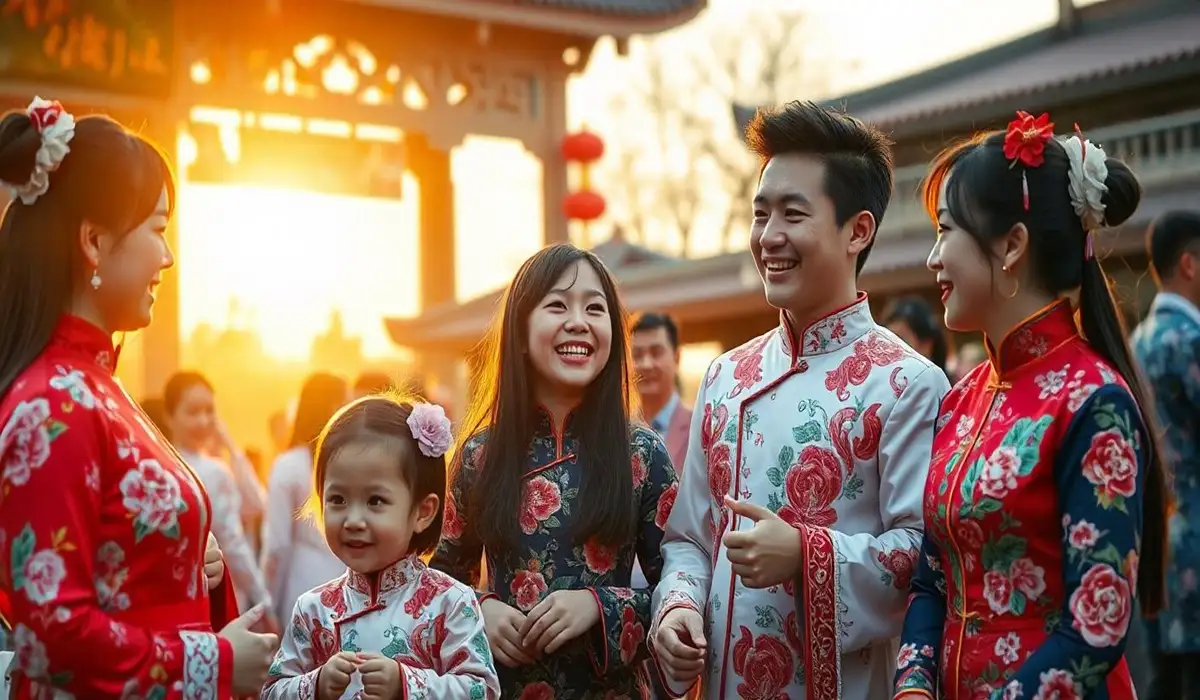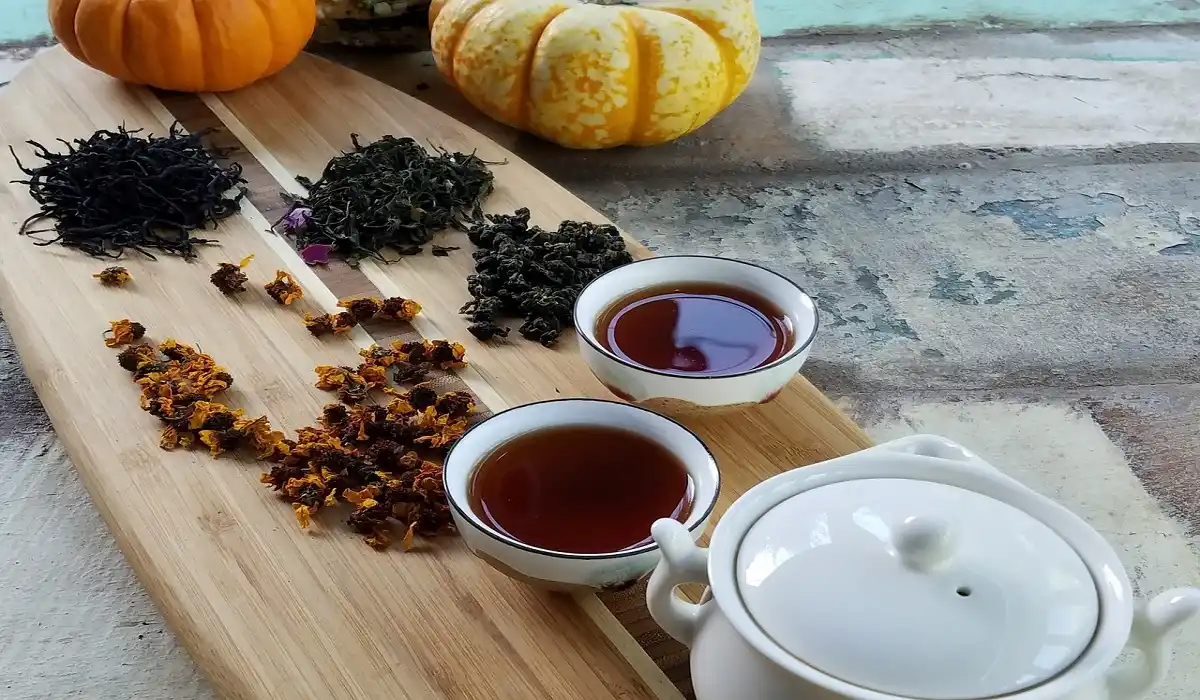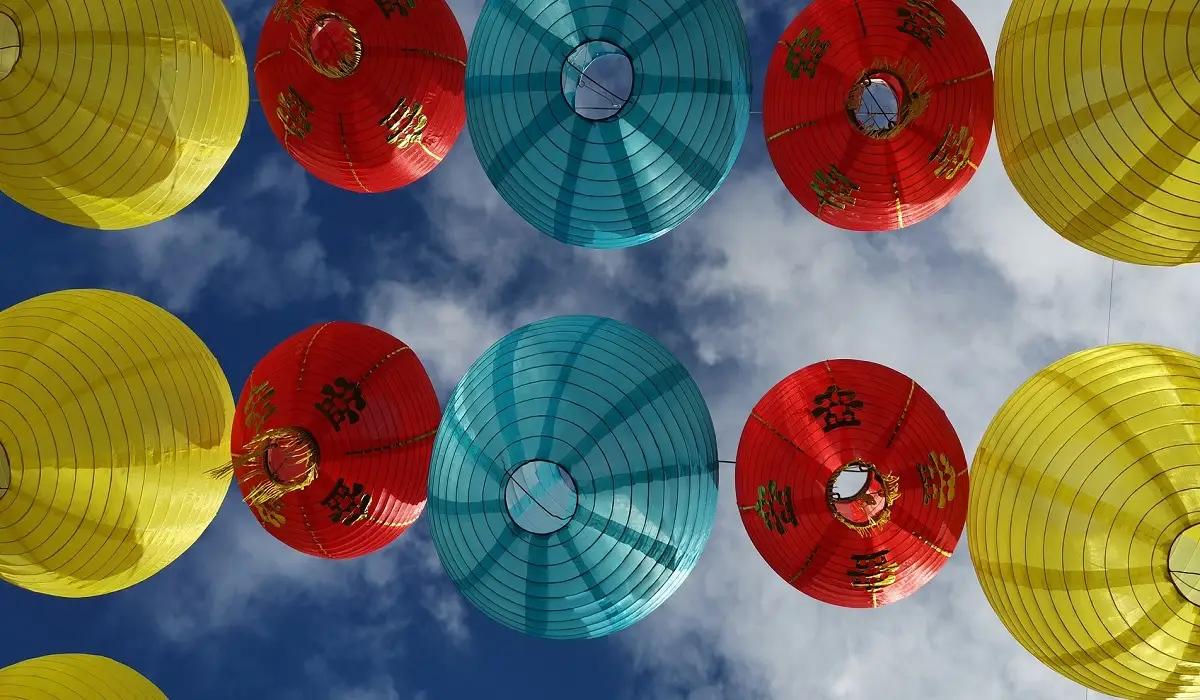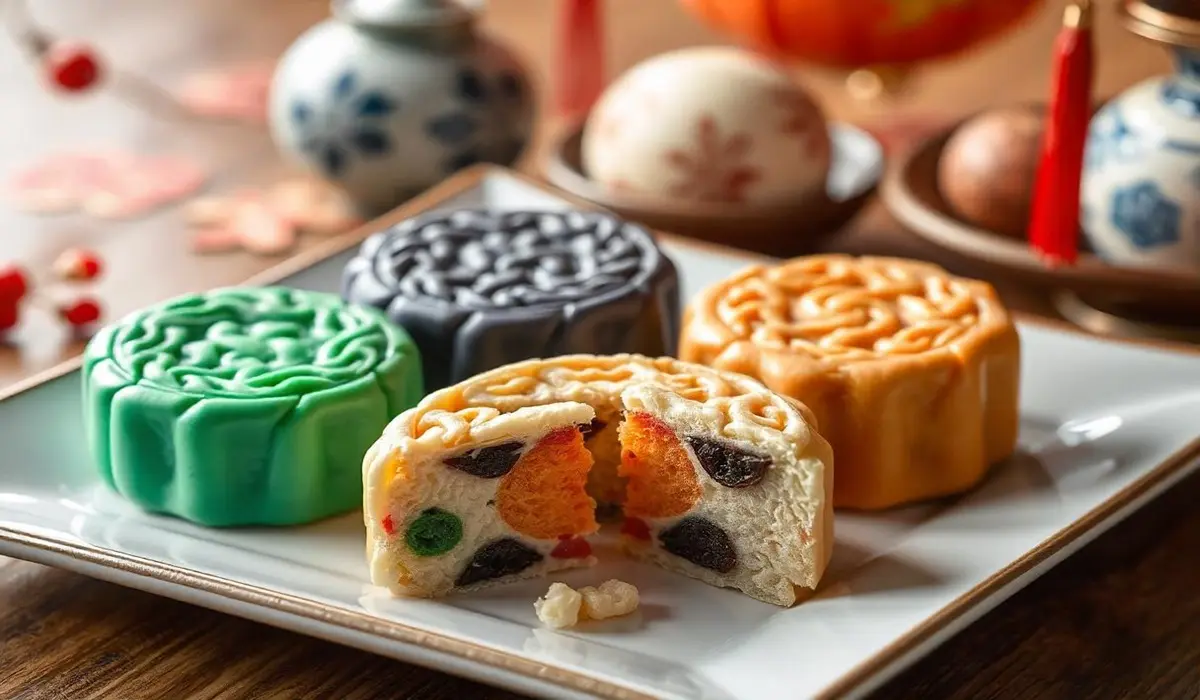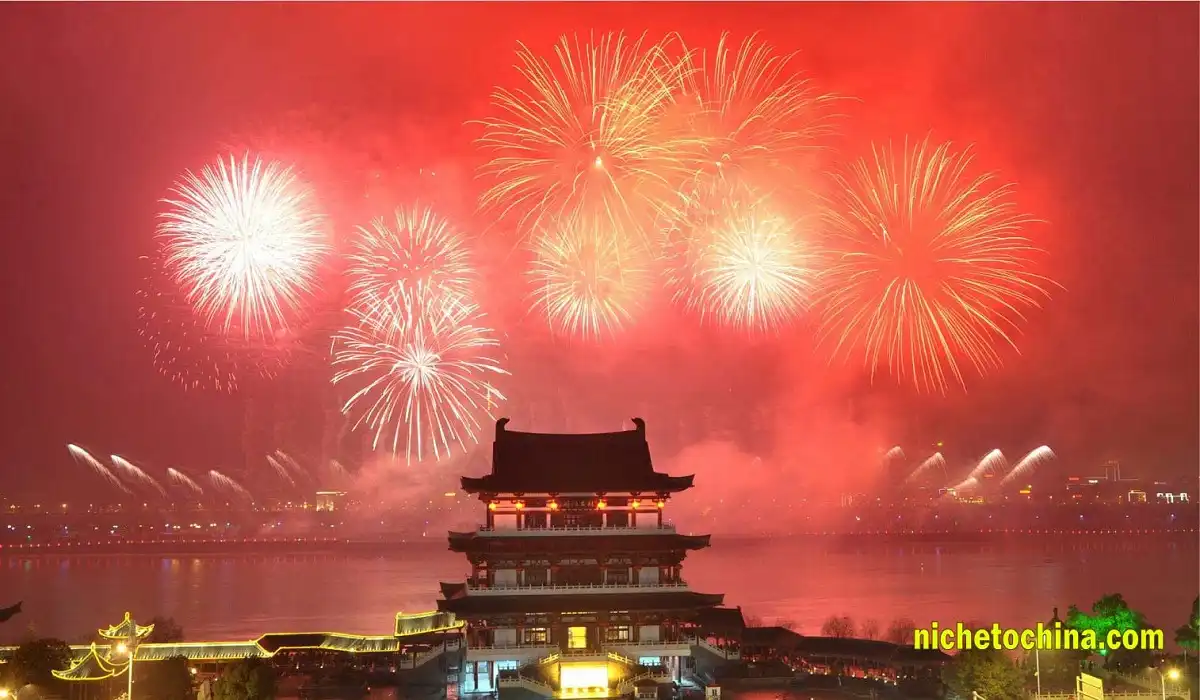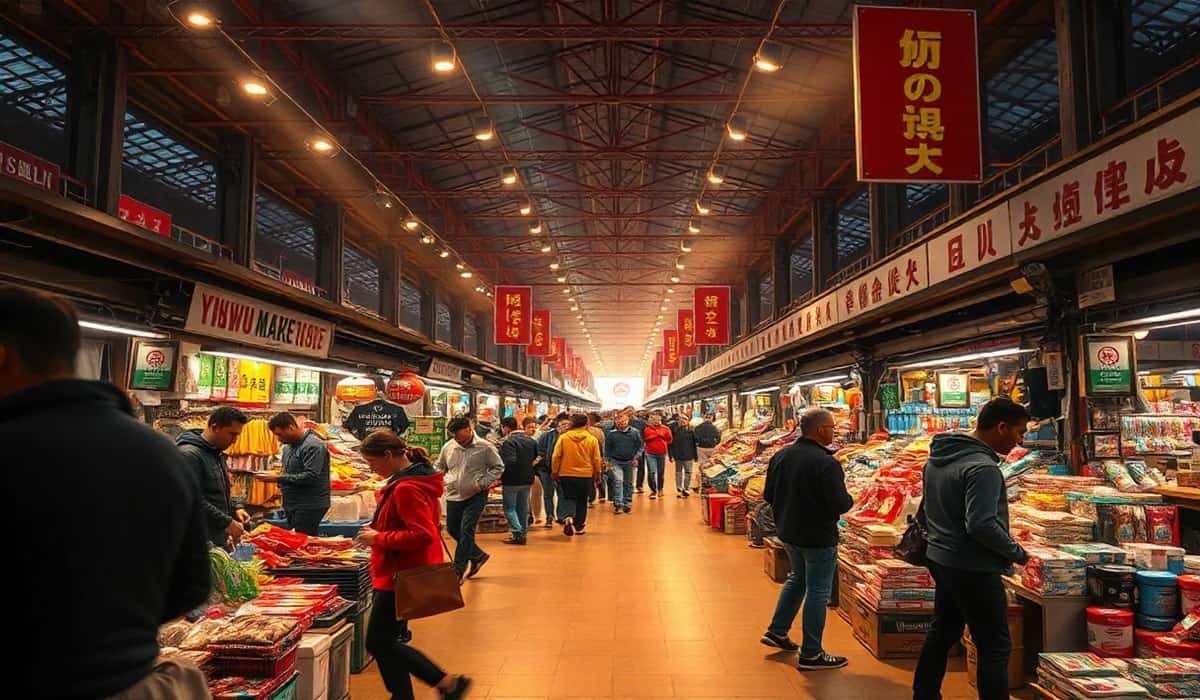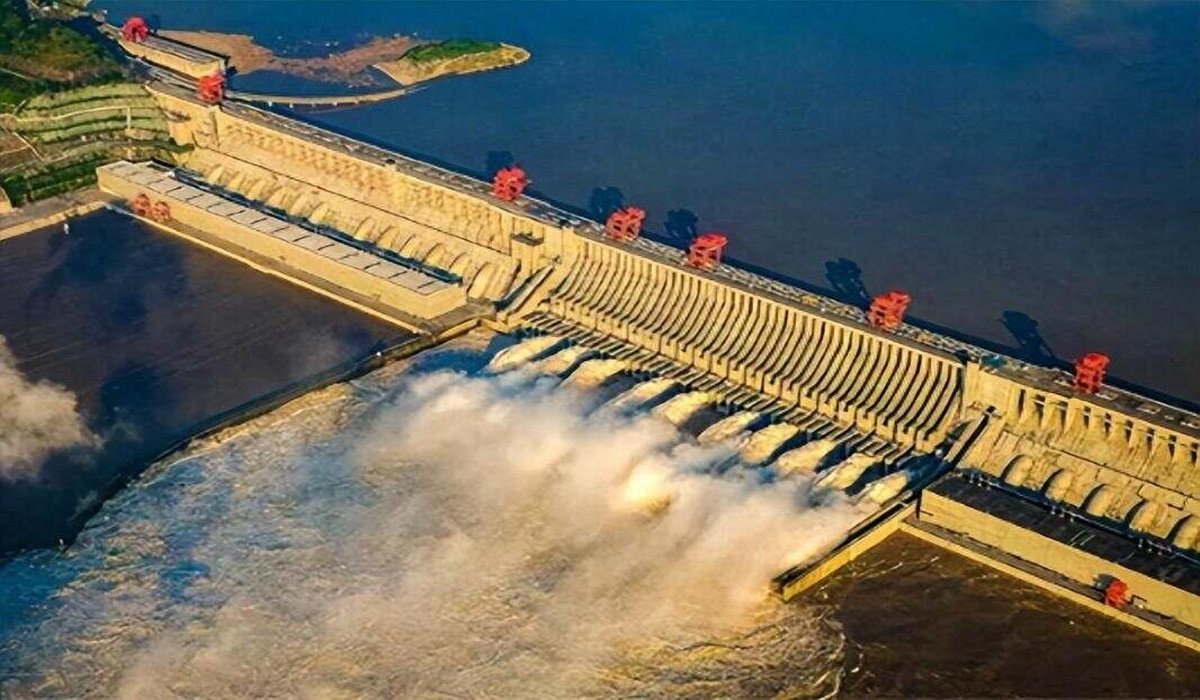China’s cultural heritage is beautifully encapsulated in its traditional Chinese dress styles, which have evolved over millennia. These garments, each with its own history and significance, reflect the traditions, aesthetics, and social structures of their respective eras. While modern fashion dominates everyday wear in China today, traditional Chinese dresses like qipao and hanfu continue to hold a special place, especially during festivals and ceremonies. Below, we explore the top nine traditional Chinese dresses, with a particular focus on the iconic qipao.
1. Qipao (Cheongsam): A Blend of Tradition and Modernity
The qipao, also known as the cheongsam, is perhaps the most renowned traditional Chinese dress worldwide. Originating from the Manchu people during the Qing Dynasty, the qipao evolved into a form-fitting, elegant dress that gained immense popularity in Shanghai during the 1920s-1940s.
Historical Significance: Initially, the qipao was a loose, straight-cut garment. However, it later transformed into a tailored dress that embraces both traditional and modern elements. The qipao became a symbol of feminine elegance and sophistication, particularly in cosmopolitan cities like Shanghai.

Cultural Relevance: The qipao, often referred to as the cheongsam, is characterized by its high collar, pankou buttons, and side slits, which make it both graceful and alluring. Available in various lengths and sleeve styles, the qipao is typically crafted from luxurious fabrics such as silk. Though not everyday attire, the qipao remains a popular choice for special occasions, such as weddings and during Chinese New Year.

Cost: The price of a qipao varies depending on the fabric and design intricacy. Ready-made qipaos usually range from $50 to $200, while custom-made, high-quality silk versions can cost between $300 and $800 or more.
Difficulties: The qipao’s close-fitting design can limit movement, and its high collar may feel restrictive for some. Ensuring the qipao fits comfortably requires careful tailoring, which adds to its formality and makes it less practical for everyday wear.
2. Hanfu: The Most Iconic Traditional Chinese Dress
Hanfu, often referred to as traditional Han Chinese clothing, is another quintessential traditional Chinese dress. With a history of over 4,000 years, it is considered the oldest form of traditional Chinese dress. This elegant attire features a loose upper garment with a cross collar, wide sleeves, and ankle-length skirts or trousers. The overlapping collar, tied with a belt sash and often adorned with jade, is a distinctive feature.

Historical Significance: Hanfu originated during the Han Dynasty and evolved through various dynasties, embodying the essence of ancient Chinese aesthetics and social structure. The garments reflect Confucian ideals of modesty and propriety, with flowing lines and simplicity being key elements.
Cultural Relevance: Hanfu is a typical representative of traditional Chinese clothing and is particularly favored during special occasions like weddings and Chinese New Year. Its luxurious styles, vibrant colors, and intricate designs have made it one of the most admired forms of traditional Chinese dress. Recent revival movements have brought Hanfu back into popular culture, with events and festivals celebrating this ancient attire.
Cost: The cost of Hanfu varies widely depending on the complexity of the design, fabric, and craftsmanship. A basic Hanfu can range from $100 to $300, while more elaborate, custom-made pieces can cost anywhere from $500 to over $1,000.
Difficulties: Wearing Hanfu can be challenging due to its multiple layers and long, flowing sleeves, which require careful movement. The traditional shoes that accompany Hanfu may also be less comfortable than modern footwear. Learning to wear Hanfu correctly often involves mastering specific tying techniques and maintaining proper layering.
3. Tang Suit: The Symbol of Chinese Identity
The Tang suit, a traditional Chinese jacket, combines Manchu and Han elements with Western tailoring techniques. Although it doesn’t originate from the Tang Dynasty, it became known as the Tang suit because overseas Chinese were often referred to as “Tang people” by foreigners.

Historical Significance: The Tang suit represents a fusion of cultural influences, reflecting China’s historical openness to external ideas and styles. It became a symbol of cultural identity and pride, particularly among the Chinese diaspora.
Cultural Relevance: This jacket, also recognized as a traditional Chinese dress, typically features a stand-up collar, frog buttons, and auspicious Chinese characters like “fu” (happiness) or “shou” (longevity). Today, the Tang suit is worn during special events, such as Chinese New Year or weddings, and is a symbol of Chinese identity and cultural pride.
Cost: Tang suits can vary in price from $30 for basic cotton versions to over $200 for more luxurious silk and embroidered versions.
Difficulties: The Tang suit is relatively easy to wear but may feel stiff, especially if made from heavier fabrics. The traditional frog buttons can also be tricky to fasten. The structured design may require adjustment to ensure a comfortable fit.
4. Zhongshan Suit: The Revolutionary Attire
The Zhongshan suit, also known as the Mao suit, was introduced by Dr. Sun Yat-sen, the founding father of the Republic of China. This suit blends Western and Chinese clothing styles, featuring a turn-down collar, four pockets, and a symmetrical design.

Historical Significance: The Zhongshan suit emerged as a symbol of modernity and revolution in early 20th-century China. It represented a break from traditional attire and was intended to unify the nation under a new identity.
Cultural Relevance: Typically worn in plain colors like black or blue, the Zhongshan suit was meant to represent modernity and revolution, making it a symbol of the new China. Even today, it is considered formal attire, worn on significant occasions.
Cost: A Zhongshan suit typically costs between $100 and $400, depending on the material and craftsmanship. Custom-made suits can be more expensive.
Difficulties: The Zhongshan suit is quite structured, which can restrict movement. It also requires precise tailoring to fit well, and the thick fabric can be uncomfortable in warmer climates.
5. Shenyi: The Ancient Gown
The Shenyi is a one-piece gown where the upper and lower parts are sewn together. This style dates back over 2,000 years and was popular during the Qin and Han dynasties. The Shenyi’s design, with its loose sleeves and long skirt, fully covers the wearer, symbolizing modesty and grace.

Historical Significance: The Shenyi reflects the ideals of modesty and respect in ancient Chinese society. Its design was influenced by Confucian values, emphasizing the importance of propriety and elegance.
Cultural Relevance: The Shenyi remains an important symbol of traditional Chinese aesthetics, particularly during historical reenactments and cultural festivals. Its full coverage and elegant design make it a timeless representation of ancient Chinese fashion.
Cost: The cost of a Shenyi can range from $150 to $500, depending on the fabric and level of embroidery.
Difficulties: The loose and flowing design of the Shenyi requires careful movement to avoid tripping. Its full coverage can also be warm in hot weather, making it less practical for daily use.
6. Ruqun: The Elegant Two-Piece
Ruqun is another classic style of Hanfu, consisting of a short jacket (ru) and a long skirt (qun). This style was prevalent during the Warring States period and regained popularity during the Wei, Jin, Southern, and Northern Dynasties.
Historical Significance: The Ruqun represents the elegance and refinement of traditional Han Chinese clothing. Its design reflects the influence of both early Hanfu styles and the later evolution of Chinese fashion.
Cultural Relevance: A Ruqun outfit typically costs between $100 and $300, depending on the fabric and detailing. Its two-piece design allows for greater comfort compared to some other traditional garments.
Difficulties: The Ruqun’s two-piece design can be more comfortable than other traditional garments, but the long skirt still requires careful movement. The waistband can be tight, making it less comfortable for extended wear.
7. Magua: The Nobleman’s Jacket
The Magua is a traditional jacket from the Qing Dynasty, originally worn by soldiers and later adopted by the aristocracy. This waist-length jacket is characterized by its short sleeves and was designed for practicality, especially in horse-riding and shooting.
Historical Significance: The Magua’s design reflects the practical needs of the Qing Dynasty’s military and aristocratic classes. Its transition from functional to fashionable attire highlights the evolving nature of Chinese dress.
Cultural Relevance: Magua jackets can cost anywhere from $80 to $250, depending on the material and historical authenticity. The jacket’s practical design made it popular among the elite during the Qing Dynasty.
Difficulties: The Magua’s short sleeves and tight fit around the chest and waist can be restrictive, especially if the wearer is not used to historical clothing. Its design requires careful consideration of fabric and fit for optimal comfort.

8. Changshan: The Male Robe
The Changshan, also known as Changpao, is a long robe for men, influenced by Taoist robes and Manchu clothing elements. This robe was a staple in Chinese men’s wardrobes from the 1920s to 1940s and was considered formal attire before the rise of Western-style suits.
Historical Significance: The Changshan, with its long, flowing silhouette, was a symbol of male dignity and status in traditional Chinese society. It was particularly prominent during the late Qing Dynasty and early Republic of China era. The robe’s design, combining Manchu and Han elements, reflects the cultural blending that occurred during this period.
Cultural Relevance: The Changshan remains a significant traditional Chinese dress for men, particularly during formal events such as weddings and traditional ceremonies. It is often paired with a Mandarin collar and side buttons, similar to the qipao, giving it a refined and dignified appearance.
Cost: A Changshan robe can range from $100 to $500, depending on the fabric and level of detail. Custom-made versions or those crafted from luxurious materials like silk can be even more expensive.
Difficulties: The Changshan’s full-length design can be cumbersome, especially if the wearer is not accustomed to traditional clothing. The robe’s length can also make it difficult to walk quickly or engage in active movement. Additionally, like the qipao, the Changshan requires precise tailoring to ensure a proper fit.
9. Aoqun: The Aristocratic Ensemble
The Aoqun, a traditional two-piece ensemble for women, consists of a short jacket (ao) and a long skirt (qun). This style was particularly popular among the aristocracy during the Ming and Qing Dynasties. It’s often made from luxurious materials and adorned with intricate embroidery.

Historical Significance: The Aoqun was a symbol of wealth and status among Chinese women, particularly those in the imperial court or high society. The ensemble’s elaborate designs and fine fabrics were a testament to the wearer’s social standing.
Cultural Relevance: Though less common today, the Aoqun remains a significant traditional Chinese dress, often seen in historical dramas and cultural performances. It represents the elegance and sophistication of traditional Chinese female attire.
Cost: The cost of an Aoqun ensemble varies widely, with simpler versions starting at around $150, while more elaborate, custom-made outfits can cost upwards of $1,000.
Difficulties: Wearing an Aoqun can be challenging due to the long skirt and tight-fitting jacket, which may restrict movement. The ensemble’s intricate design also requires careful handling to avoid damaging the fabric or embroidery.
Conclusion: Preserving the Beauty of Traditional Chinese Dresses.
Traditional Chinese dresses, from the elegant qipao to the flowing hanfu, are more than just clothing; they are a testament to China’s rich cultural heritage. These garments embody the history, artistry, and values of different eras, making them timeless symbols of Chinese identity.Considering the growing global demand for traditional Chinese dresses, items like Hanfu and Qipao are increasingly being seen as profitable products to import from China.
Whether it’s the qipao with its blend of tradition and modernity, or the hanfu with its ancient roots, each dress tells a unique story. While these traditional Chinese dresses may not be everyday attire, their continued popularity in festivals, ceremonies, and cultural events ensures that their beauty and significance are preserved for future generations.
For those interested in exploring traditional Chinese dress further, understanding the history, cultural relevance, and practical aspects of each garment is essential. Whether you’re choosing a qipao for a special occasion or simply admiring the intricate designs of hanfu, these traditional dresses offer a glimpse into the heart of China’s cultural legacy.
A Cheongsam, also known as Qipao, is a traditional Chinese dress that originated in the early 20th century. This elegant garment is characterized by its figure-hugging design, high collar, and side slits, typically made from silk or satin. The Cheongsam became popular in Shanghai during the 1920s and 1930s, symbolizing a blend of modernity and tradition. It is commonly worn on formal occasions, embodying the grace and beauty of Chinese culture. The Cheongsam is a timeless fashion piece that continues to influence contemporary designs worldwide.
A Qipao, also referred to as Cheongsam in Cantonese, is a traditional Chinese dress that dates back to the Qing Dynasty. The Qipao is known for its sophisticated style, featuring a high neck, fitted waist, and slits on the sides, allowing for ease of movement. Traditionally made from luxurious fabrics such as silk, the Qipao often features intricate embroidery and vibrant colors. It represents Chinese femininity and elegance, making it a popular choice for weddings, cultural events, and celebrations. The Qipao remains a symbol of Chinese heritage and fashion.
A Traditional Chinese Dress can refer to various garments, with the most famous being the Qipao (also known as Cheongsam) and the Hanfu. The Qipao is a sleek, form-fitting dress popularized in the 20th century, while the Hanfu is an ancient style that dates back over 3,000 years, featuring wide sleeves, a flowing robe, and a sash around the waist. Both dresses are celebrated for their beauty and cultural significance, representing different eras of Chinese history. Whether for formal events or cultural celebrations, traditional Chinese dresses like the Qipao and Hanfu continue to captivate with their timeless elegance.

